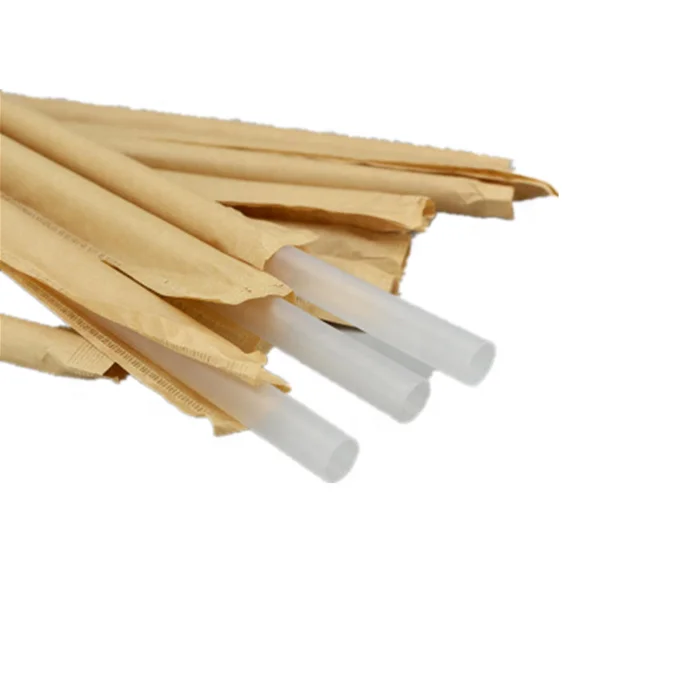Cigarette Manufacture-Natural vs. Synthetic Fibers
In terms of production, cigarettes can be manufactured from a variety of materials. Some of this material is natural like wood or cotton while others are synthetic and made in a lab. Various materials function differently in what the smoke does
Natural Materials
Traditional cigarettes made some natural fiber, together with a small amount of calcium carbonate to make the paper dark. Natural fibers decompose as well, so it gives a natural hybrid hand-feel for the consumers who are used to smoking cigarettes.
Synthetic Materials
SyntheticsRecently, there has been a development related to some type of synthetic fibers in cigarettes. Filter tips are made up using acetate tow and polypropylene which making durable filter sections in cigarette without any breakage while smoking. Artificial fibers can be design-engineered with pore sizes optimized to trap tars and other harmful particulates which is done at minimal cost of smoke draught.
Environmental Considerations
Of course, natural fibers are generally considered a better option for landfill waste in the long run as they will eventually breakdown. BUT, growing crops that would eventually be used for cigarette raw materials require so much water and are heavily dependent on pesticides which in the end will harm ecosystems. And opposite to this natural fiber we have an example of synthetic fibers which is resistant to biodegraded nature but can be recycled. Recycling systems issue and disposal with microplastic pollution.
Impact on Smoking Experience
So much depends on the materials in a cigarette, and how all of those substances are worked together that if you were to take any number or type out, smoking may actually be worse. Natural fiber filters often result in a lighter hazier smoke which can feel cooler and dreams themselves are more natural to mouth - features that some smokers appreciate. On the other hand, whereas artificial screens should boost both taste and clarity of smoke due to the symmetrical design (providing a clearer puff), they also dramatically influence heat. It also means that these high level synthetic materials are getting to capture more harmful particles, which could mean a slightly "safer" smoking - though on the end of all things I like to remind everyone about whats already known health risks when it comes to cigarette smoke.
Design of Cigarette: Performance Characteristics
Performance attributes are different from one another in terms filtration efficiency, burn rate or quality of ash between natural and synthetic materials. However, they have the potential to be slow-burning based on how you roll them (which some smokers may prefer if it gives their joint a longer burn time). On the other hand, synthetic materials can enhance ignition performance and reduce ash formation for greater convenience. The very material may intrude on taste: it is claimed, for example, that natural fibers allow a cleaner tobacco flavor to come through than do synthetic materials, which can impart an artificial note.
Economic Considerations
The chosen materials for production of a cigarette depend on economic factors as much as technical and performance characteristics. But they are natural materials thou - and as such can be virtually most erratic & expensive in relation symbiotic agricultural seasons. The other end of the spectrum involves synthetic materials: ones created chemically via industrial processes, allowing for a more static price and supply that can be beneficial to manufacturers. But while synthetic production technology is high-CAPEX upfront. Beyond this, market forces might eventually push the economic pendulum in favour of adopting more natural but initially costlier replacements if consumer demand for sustainability grows.
Natural v. Synthetic Materials in Cigarette Construction Both natural and synthetic material alternatives can be considerations for the selection of materials used[9][15], influenced by cost, sensory experience (minimizing environmental impact while maintaining taste upon human consumption), performance implications (e.g., ash characteristics),and overall life cycle analysis from processing through decomposition[1]. And the implicit message is hard to miss - that there's more work ahead for families in industries like tobacco if they hope to maintain a delicate balance between convention, innovation and tomorrow. More recently, as health and sustainability becomes an even larger focus in consumer trends these details are essential for manufacturers to capitalize on the perceived value of their product line while maintaining transparency with customers.

 EN
EN
 AR
AR
 HR
HR
 CS
CS
 DA
DA
 NL
NL
 FI
FI
 FR
FR
 DE
DE
 EL
EL
 HI
HI
 IT
IT
 JA
JA
 KO
KO
 NO
NO
 PL
PL
 PT
PT
 RO
RO
 RU
RU
 ES
ES
 SV
SV
 TL
TL
 ID
ID
 LV
LV
 LT
LT
 SR
SR
 SK
SK
 UK
UK
 VI
VI
 SQ
SQ
 ET
ET
 HU
HU
 MT
MT
 TH
TH
 TR
TR
 FA
FA
 MS
MS
 BE
BE
 IS
IS
 BN
BN



